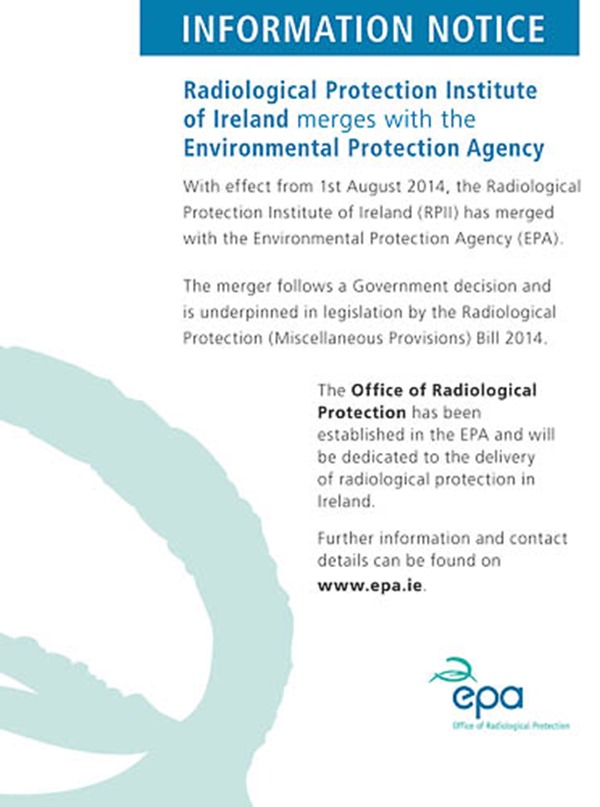Joining up mental health
 Four important transition points have been identified by the Australian Department of Health in a bid to ensure consistent care for patients with mental health needs.
Four important transition points have been identified by the Australian Department of Health in a bid to ensure consistent care for patients with mental health needs.
Psychiatry is often viewed as a secondary discipline to surgery by health professionals. As The Economist highlighted in August, patients with depression may be at greater risk than those presenting a fracture but often receive much less attention in A&E departments.
The Australian national mental health policy states that care is most likely to be interrupted after a patient presents themselves at A&E, when they are discharged from hospital, and at the points of referral from public mental health services to general practitioners and between public and private mental health specialists.
“Better linkage and co-ordination is needed between clinical services within the health sector to ensure that the person is not ‘lost’ at critical transition points,” it states.
Australia has had a national policy in place since 1992 and it was last updated in 2009. Access to the right care at the right time is prioritised. Most aspects of care, it states, should be provided in the community, including emergency intervention and acute treatment. A core of in-patient services should also be maintained, including acute and non-acute care.
The policy also emphasised that many people with mental health problems have needs for care that extend beyond clinical treatment, including supported accommodation, stable housing, and community services focusing on employment, income support, education and families.







